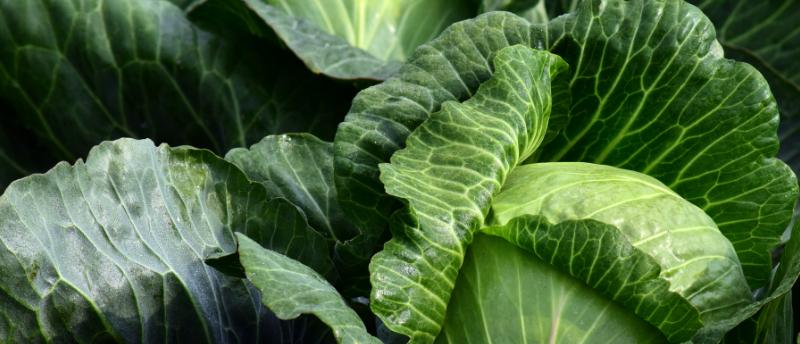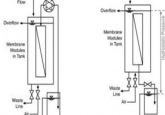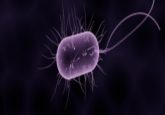First characterization of phytochromes leads to new understanding of black rot disease

For the first time, researchers have characterized the bacteria responsible for black rot in cruciferous crops at an atomic scale, which could lead to preventative measures against black rot disease.
Phytochromes are a protein photoreceptor involved in several physiological processes including growth regulation, found in plants, bacteria and fungi. Phytochromes consist of different modules that interact with each other and can reorganize to change the shape of the whole protein when red light is absorbed, resulting in an active or inactive form.
When light strikes the light-sensing module a signal is propagated to the ‘effector module’, which changes shape and initiates further reactions that regulate the organism’s response to light. Until now, how these long-range structural changes occurred within phytochromes and how the signals propagated was unknown. This was largely because no full-length phytochrome structure had been reported at an atomic scale in the activated and inactive photostates, which are especially tricky to obtain due to the structure change when exposed to light.
Understanding this mechanism in phytochromes could be the key to preventing black rot, which is caused by the Xanthomonas campestris bacterium, which is known to disturb the light mediated biological processes through a complex signaling cascade controlled by bacterial phytochromes. Black rot occurs in cruciferous crops, a group of vegetables including cabbage, radishes, broccoli and brussels sprouts. It has been an issue in agriculture for over 100 years and heavily impacts the yield of crops.
 How human-caused land changes have increased the impact of a deadly fungus
How human-caused land changes have increased the impact of a deadly fungus
Scientists have found that the impact of human activity has exacerbated the spread of Cryptococcus gattii, threatening the lives of marine mammals.
Developing preventative measures against black rot would be economically beneficial and would reduce food waste. If the transition from the active to inactive state of phytochromes is understood then, perhaps, a method to turn it “off” to the inactive form and make this pathogen less destructive can be developed.
In a recent international collaborative study led by Hernán Bonomi (Fundación Instituto Leloir, Buenos Aires, Argentina), the first complete characterization of a Xanthomonas campestris phytochrome in both its photosensitive states was reported at an atomic scale. This revealed the light-induced rearrangements at the secondary, tertiary and quaternary level.
Using this new-found characterization of the structure along with computational techniques, a photoactivation model was proposed for the signaling mechanism in the bacteria. The model includes how the protein is assembled, the interactions between different modules and the change in chemical structure of the chromophore, the section of the protein that absorbs red light and initiates the reorganization of the structure.
This structural and mechanistic insight into phytochromes improves the understanding of black rot disease and could result in preventative measures against Xanthomonas campestris and other plant diseases caused by bacterial pathogens.





